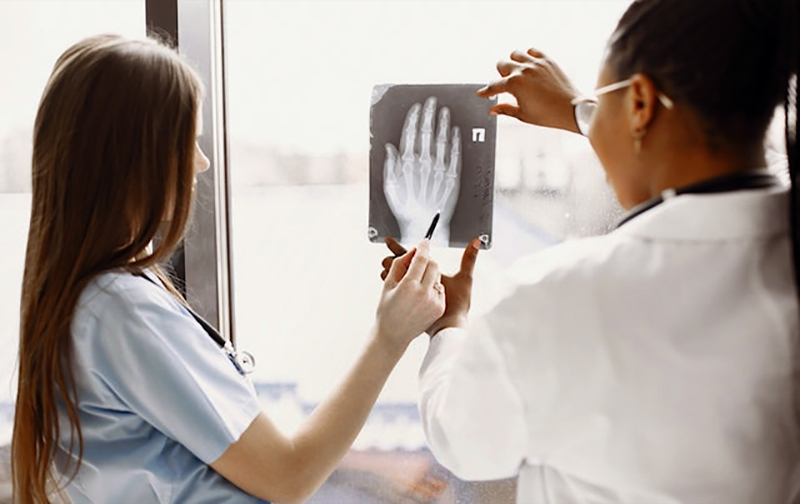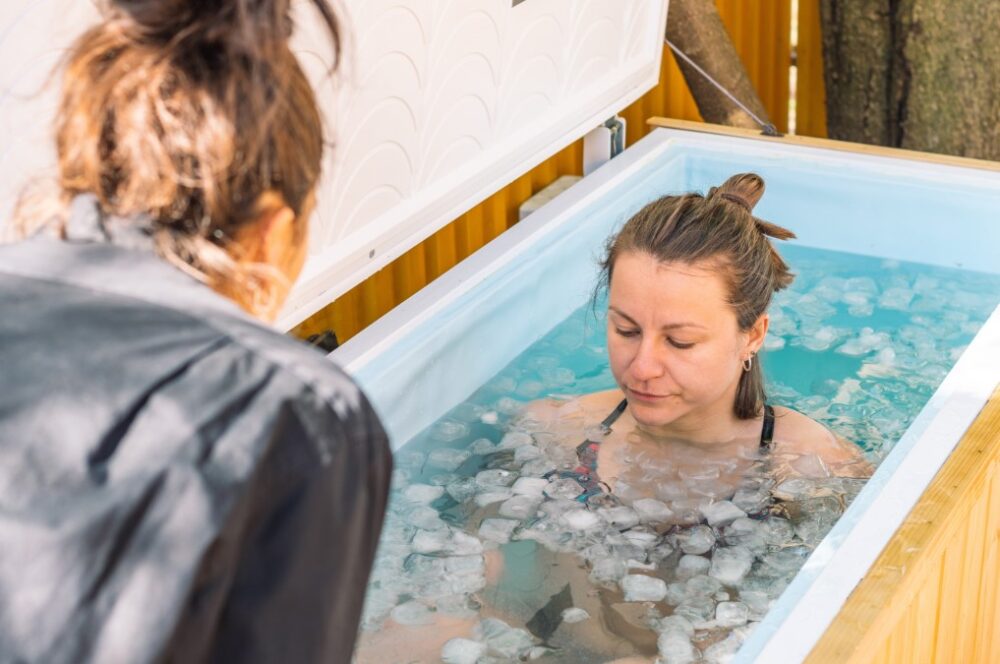When it comes to the world of sports, injuries are an unavoidable part of the game. But what happens when the clock stops ticking and the cameras are turned off?
Beyond the field, a fascinating realm of orthopedics and sports medicine awaits, ready to unravel the secrets of athletic performance and recovery.
From the crucial role of orthopedics in the field of sports medicine to the latest advances in surgical techniques and rehabilitation strategies, this discussion will take you on a journey into the fascinating world of orthopedics and sports medicine, where science and athleticism intersect, and where the future holds even more promise.
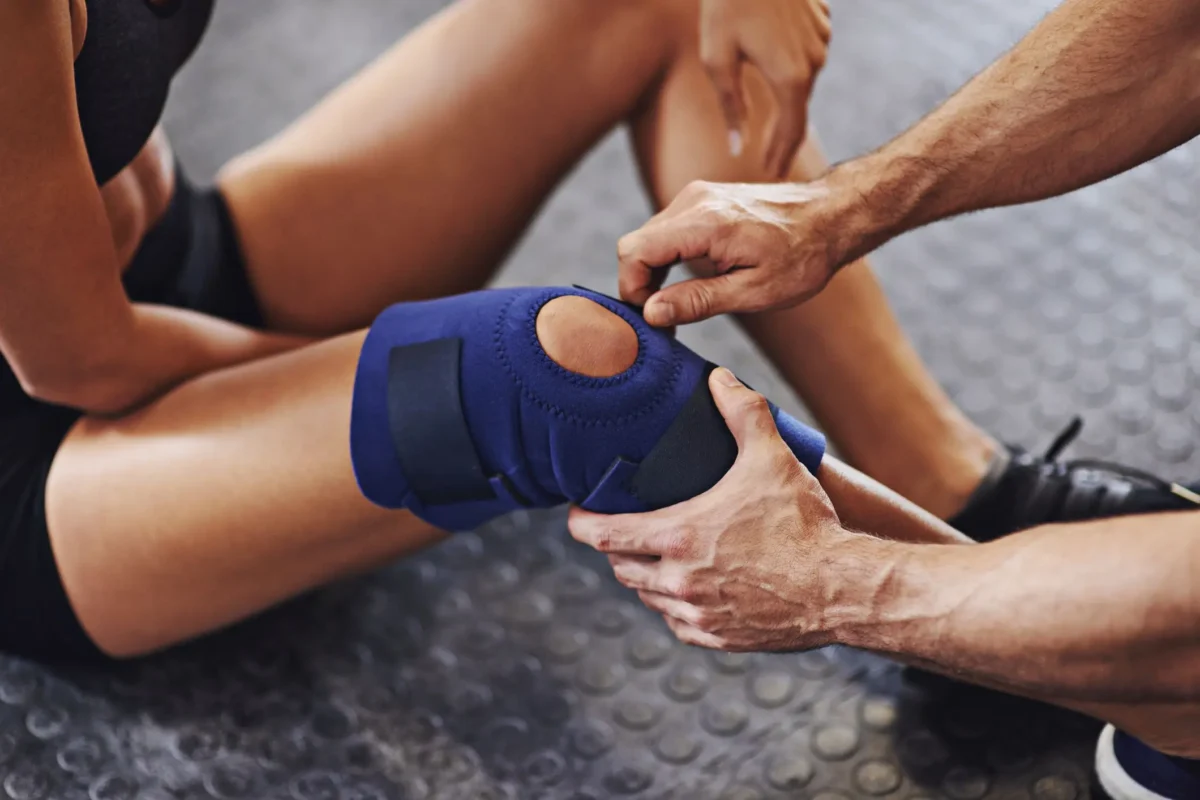
The Role of Orthopedics in Sports Medicine
Orthopedics plays a critical role in sports medicine, providing specialized care and expertise to diagnose, treat, and rehabilitate musculoskeletal injuries and conditions in athletes. One significant aspect of orthopedics in sports medicine is the performance of orthopedic surgeries. These surgeries aim to repair and restore injured or damaged bones, joints, ligaments, tendons, and muscles, allowing athletes to regain their functionality and return to their sports activities.
Orthopedic surgeries are commonly performed to address various sports-related injuries, such as fractures, dislocations, torn ligaments (such as the anterior cruciate ligament or ACL), and damaged tendons (such as the Achilles tendon). By employing advanced surgical techniques and technologies, orthopedic surgeons can effectively repair these injuries and promote the healing process.
Another crucial role of orthopedics in sports medicine is optimizing sports performance. Orthopedic specialists work closely with athletes to assess and address musculoskeletal issues that may impact their performance. By conducting thorough evaluations, including physical examinations, imaging studies, and functional assessments, orthopedic experts can identify areas of weakness, instability, or imbalance that may hinder an athlete’s performance.
Based on these assessments, orthopedic specialists develop personalized treatment plans that may include strength and conditioning exercises, targeted physical therapy, and biomechanical analysis. By addressing these underlying issues, orthopedics plays a vital role in improving sports performance and preventing future injuries in athletes.
Common Sports Injuries and Treatment Options
Common sports injuries can range from minor sprains and strains to more severe ligament tears and fractures. However, there are preventive measures and techniques that can help reduce the risk of these injuries.
One effective way to prevent sports injuries is through proper warm-up and stretching exercises. This helps to increase flexibility and prepare the muscles, tendons, and ligaments for physical activity.
Additionally, using the correct equipment and ensuring its proper fit is crucial in preventing injuries. Wearing protective gear, such as helmets, pads, and braces, can provide support and cushioning to vulnerable body parts.
It’s also important to listen to your body and take breaks when needed. Overtraining and fatigue can increase the risk of injuries.
Lastly, maintaining overall physical fitness and strength is essential in preventing injuries. A strong and well-conditioned body is better able to withstand the demands of sports activities.
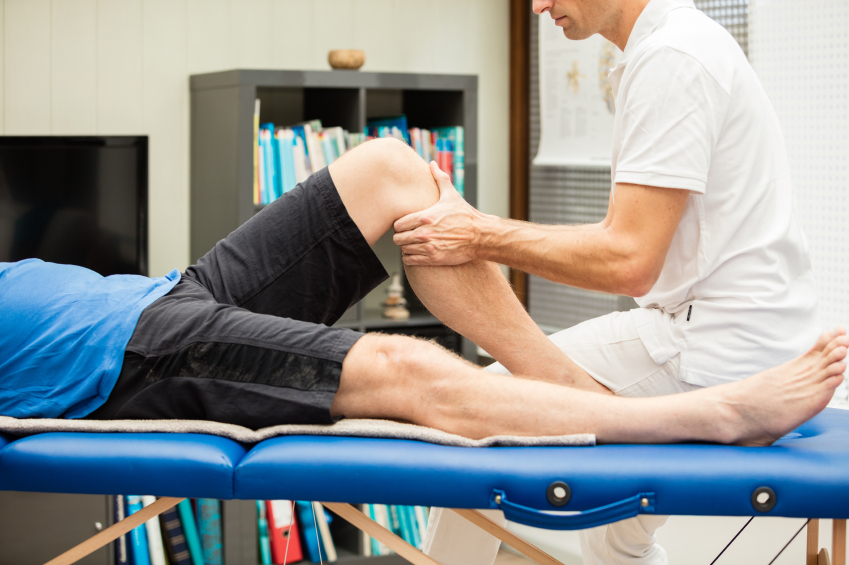
Advances in Surgical Techniques for Athletes
To stay at the forefront of sports medicine, advancements in surgical techniques for athletes have revolutionized the treatment of sports injuries, offering improved outcomes and faster recovery times. One significant advancement in surgical techniques is the use of minimally invasive surgeries. These procedures involve smaller incisions and the use of specialized tools to access and repair injured tissues. By minimizing tissue damage and trauma, minimally invasive surgeries reduce postoperative pain, scarring, and recovery time.
Another exciting development in the field of surgical techniques for athletes is the use of regenerative medicine. This approach focuses on harnessing the body’s natural healing processes to promote tissue regeneration and repair. One example of regenerative medicine in sports medicine is the use of platelet-rich plasma (PRP) injections. PRP is derived from the athlete’s own blood and contains a high concentration of growth factors that promote tissue healing and regeneration. These injections can be used to treat a variety of sports injuries, including tendon and ligament injuries.
Rehabilitation Strategies for Sports-Related Injuries
What are the most effective rehabilitation strategies for sports-related injuries?
When it comes to sports injuries, prevention is always key. Implementing proper warm-up and cool-down routines, maintaining good physical conditioning, and using appropriate protective gear can significantly reduce the risk of injuries.
However, when an injury does occur, non-surgical treatment options play a crucial role in the rehabilitation process.
One of the most common non-surgical treatment options for sports injuries is physical therapy. Physical therapists utilize various techniques such as exercises, stretches, and manual therapy to help restore mobility, strength, and function. They also provide education on injury prevention and proper body mechanics.
Another effective treatment option is the use of orthotics and braces. These devices help support and stabilize the injured area, promoting healing and preventing further damage. Orthotics can be custom-made to address specific biomechanical issues, while braces provide external support to joints, such as the knee or ankle.
Additionally, modalities such as ultrasound, electrical stimulation, and cold therapy may be utilized to reduce pain, inflammation, and swelling. These modalities can aid in the healing process and improve overall recovery.
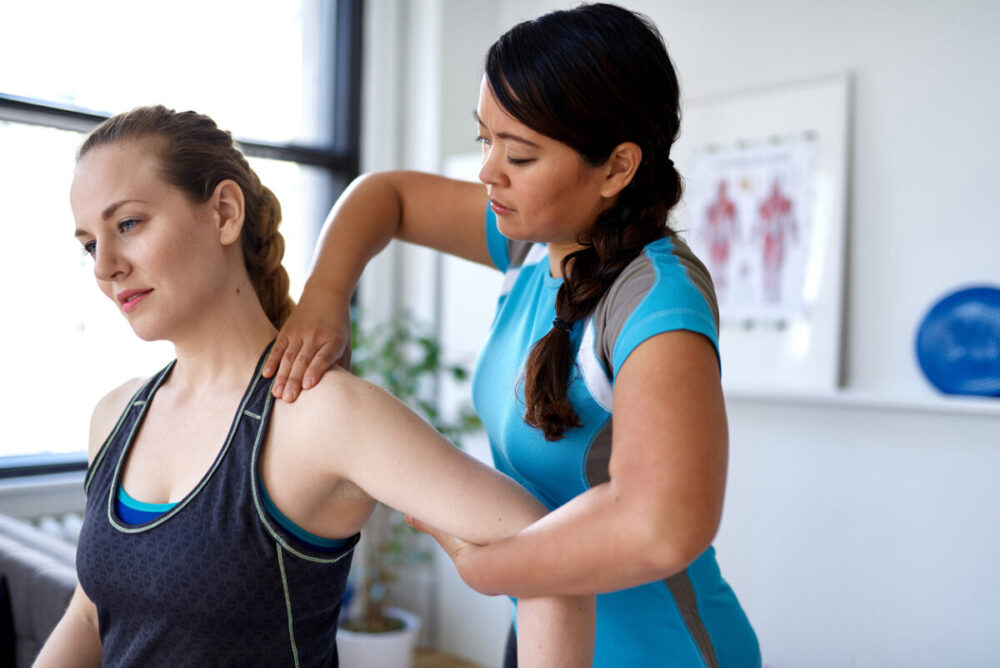
The Future of Orthopedics and Sports Medicine
Advancements in technology and research are revolutionizing the field of orthopedics and sports medicine, paving the way for innovative approaches to injury prevention, diagnosis, and treatment.
Technological advancements in orthopedics have significantly improved the accuracy and effectiveness of various procedures. For instance, robotic-assisted surgery is gaining popularity as it allows for precise and minimally invasive procedures, resulting in reduced pain, faster recovery, and improved outcomes.
In addition, the use of regenerative medicine has shown promising results in treating musculoskeletal injuries. Stem cell therapy and platelet-rich plasma injections have the potential to accelerate healing and promote tissue regeneration. These regenerative techniques can be particularly beneficial for athletes who need to return to their sport quickly.
Furthermore, preventive measures in sports medicine are becoming increasingly important. Sports scientists and medical professionals are focusing on developing strategies to identify risk factors for injuries and implement preventive interventions. This includes the use of wearable technology to monitor athletes’ performance, detect early signs of overuse injuries, and provide real-time feedback to optimize training and avoid potential injuries.
Frequently Asked Questions
How Can Orthopedics Help in the Treatment of Non-Sports-Related Injuries?
Orthopedics can offer alternative therapies and benefits to treat non-sports-related injuries. From fractures to joint disorders, orthopedic treatment provides precise and evidence-based care to help you recover and regain mobility.
Are There Any Alternative Treatment Options for Common Sports Injuries?
There are alternative treatment options available for common sports injuries. Non traditional therapies, such as acupuncture, chiropractic care, and physical therapy, can be effective in promoting healing and reducing pain in these types of injuries.
What Are the Potential Risks and Complications Associated With Surgical Techniques for Athletes?
When it comes to surgical techniques for athletes, there are potential complications and post-surgical risks to consider. It’s important to be aware of these factors so you can make informed decisions about your treatment options.
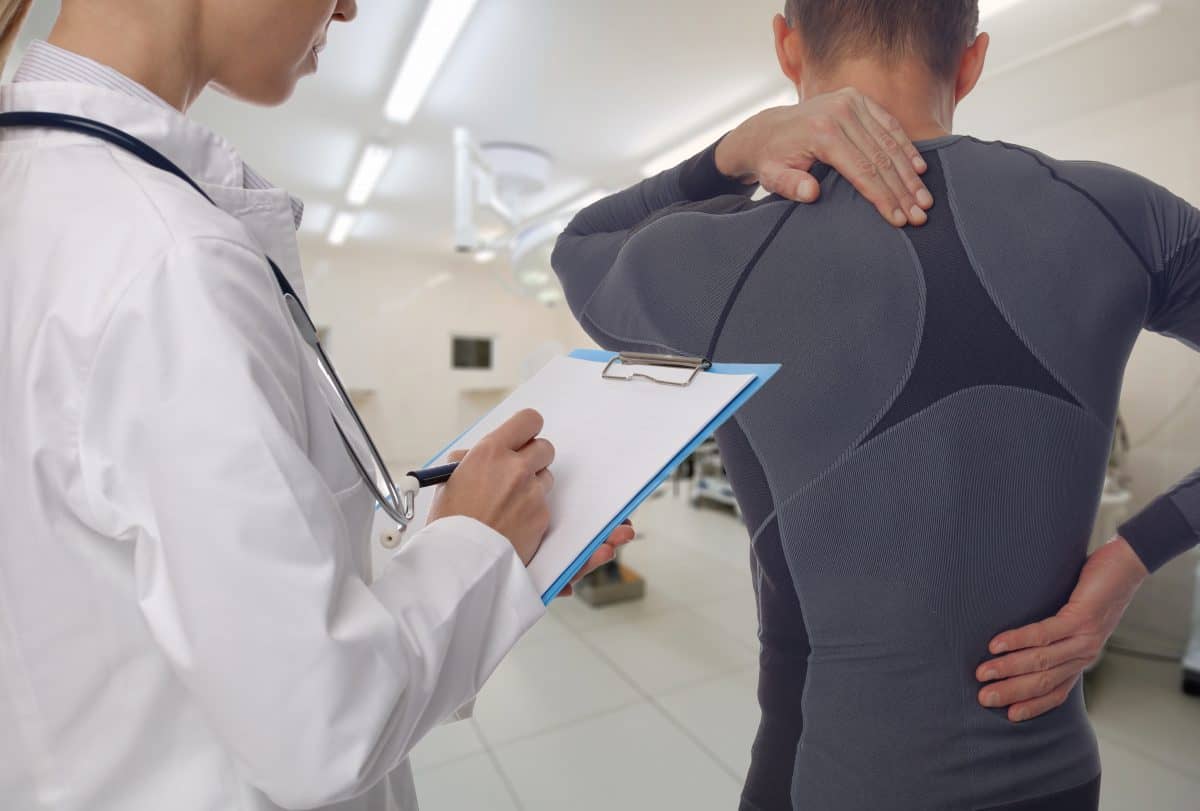
How Long Does the Rehabilitation Process Typically Take for Sports-Related Injuries?
The rehabilitation process for sports-related injuries typically takes several weeks to several months, depending on the severity of the injury. Recovery duration can vary based on the type of injury and individual factors.
What Technological Advancements Are Being Explored for the Future of Orthopedics and Sports Medicine?
Imagine a world where technological advancements in orthopedics and sports medicine allow for regenerative medicine to heal injuries faster and more effectively. This future is being explored through innovative research and development.

